
The Launch Demo 2 mission, which followed a failed first attempt to reach orbit in May 2020, was described by the company as “picture-perfect” and paves the way for the start of full operational launch services with the horizontally launched rocket later this year.
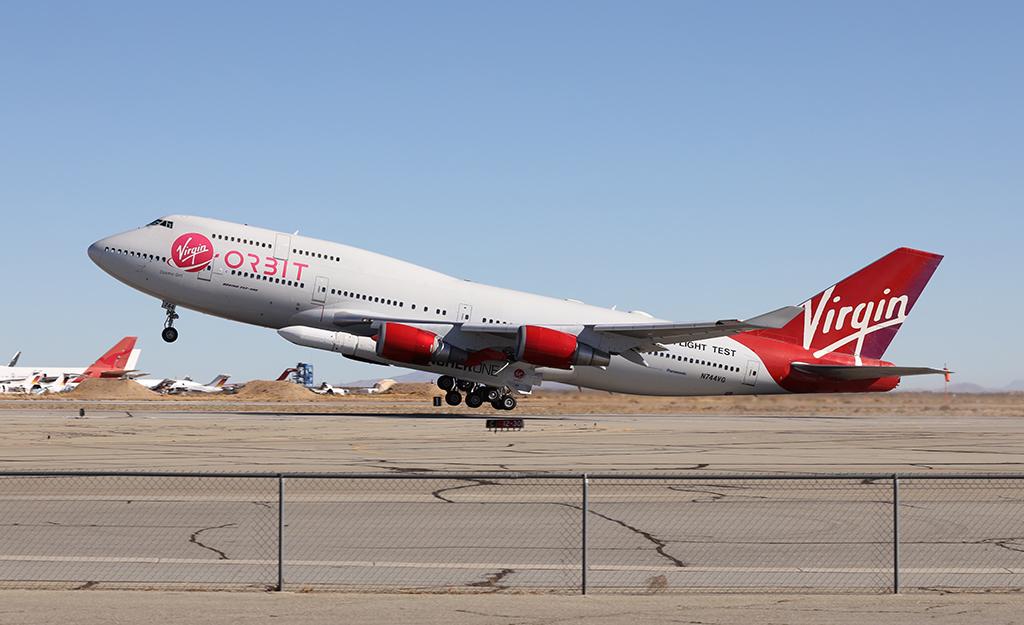
Cosmic Girl, Virgin Orbit’s modified Boeing 747-400 carrier aircraft, departs from Mojave Air & Space Port in California for the short flight to the drop zone. The aircraft carried extra fuel in the right wing tanks to help offset the lateral load of the 57,000-lb. LauncherOne attached under the left wing.
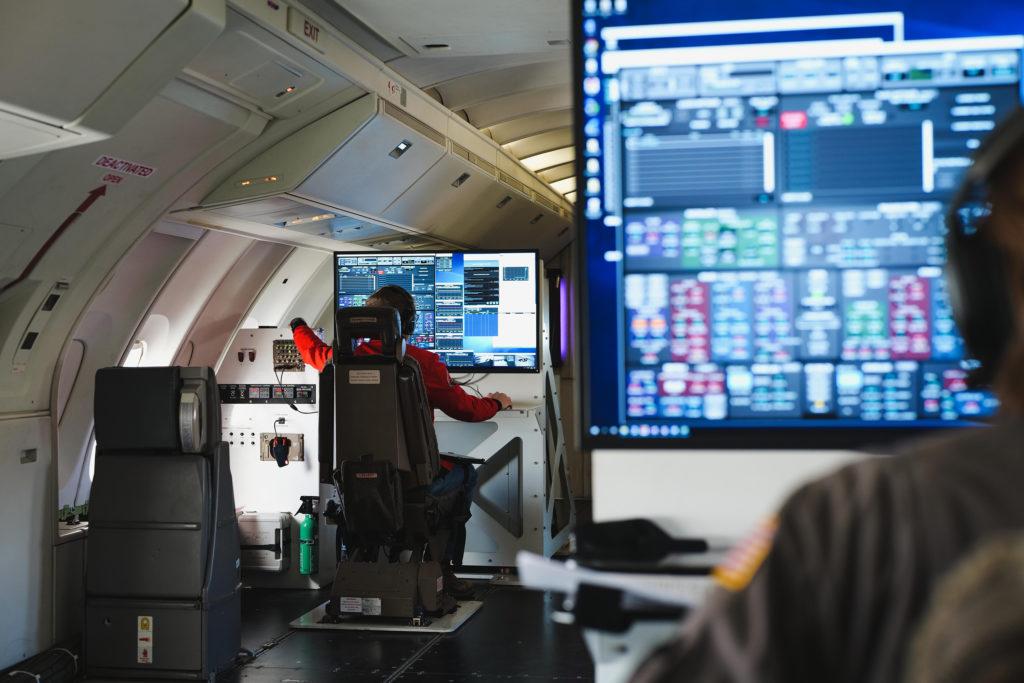
The flight crew included launch engineers who monitored LauncherOne vehicle data from positions on the upper deck, formerly a first-class cabin area when the aircraft was in passenger service with Virgin Atlantic.
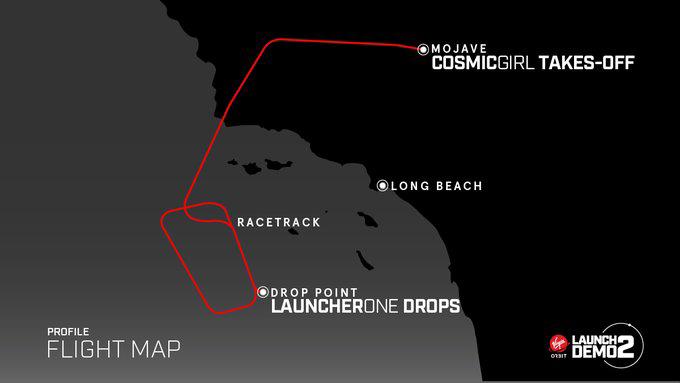
Like the initial launch attempt in May 2020, the Launch Demo 2 mission was conducted in the U.S. Navy-controlled Point Mugu Sea Range with the launch point to the west of San Nicolas Island. Located 61 mi. from the nearest point of the California coast, the island is controlled by the Navy and in World War II was short-listed as a potential site for testing the first atom bomb.
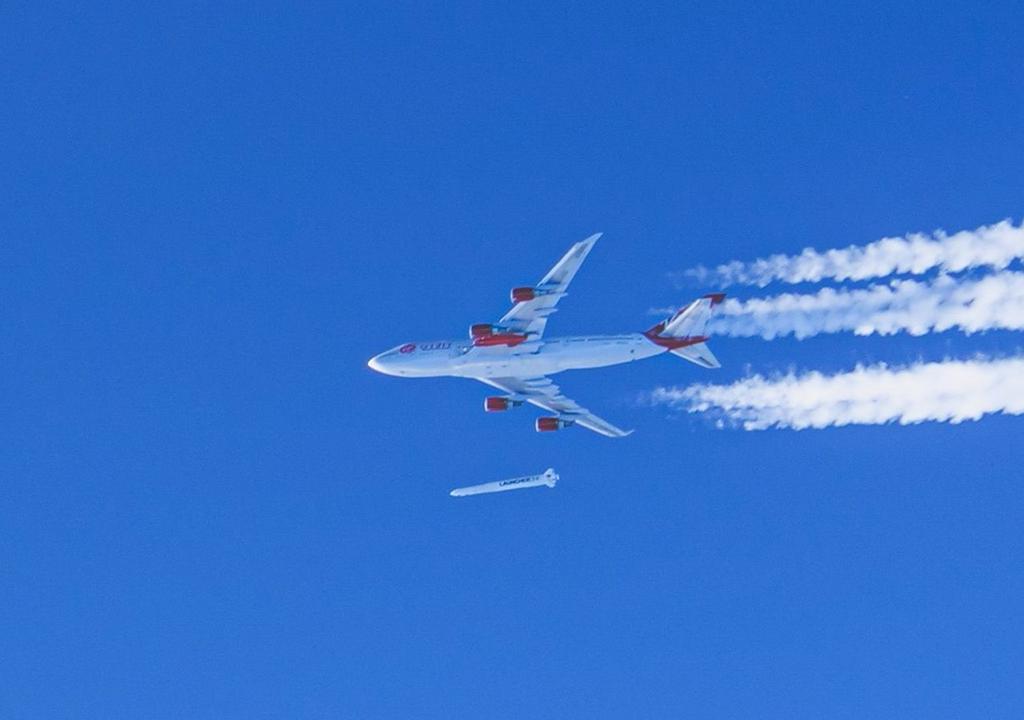
“Release, release, release!” Virgin Orbit Chief Test Pilot Kelly Latimer and co-pilot Todd Ericson accelerated the 747 to Mach 0.85 before executing a 2g pull-up and climb. With the aircraft pitch attitude at 32.5 deg. and flightpath angle at 29 deg., the rocket was released at 35,000 ft. and Mach 0.67.
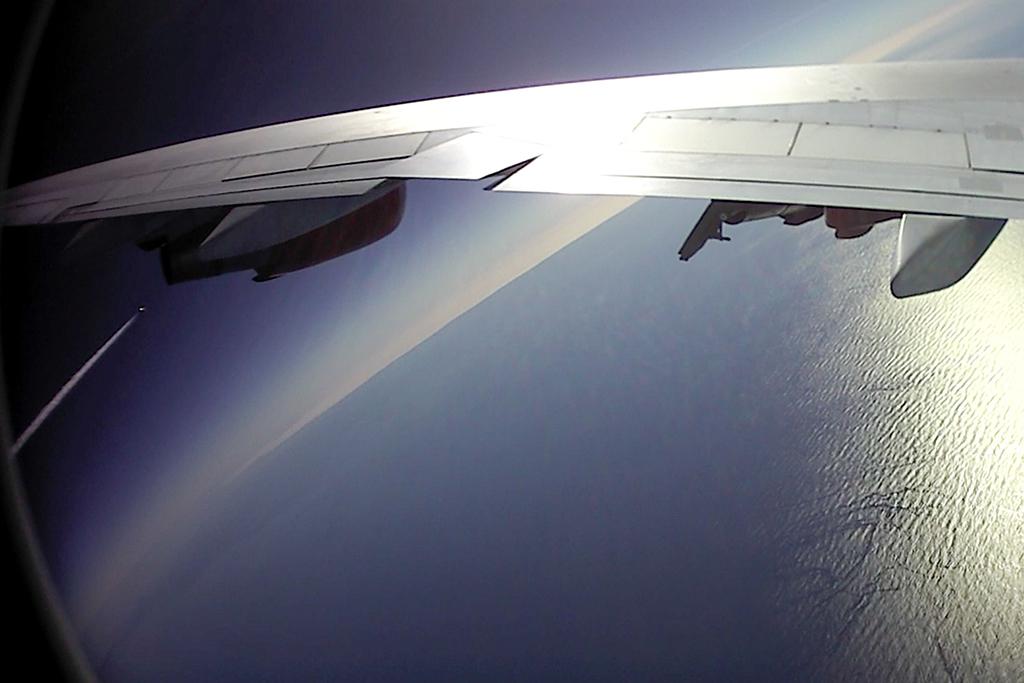
As LauncherOne speeds toward space, the 747 rolls away to the southwest. “We aimed for a bank angle of around 45 deg. and no more than 60 deg.,” says Latimer. She adds that the aircraft’s speed reduced to just 180 KIAS at the top of the climb before the nose was lowered for the return flight to Mojave.
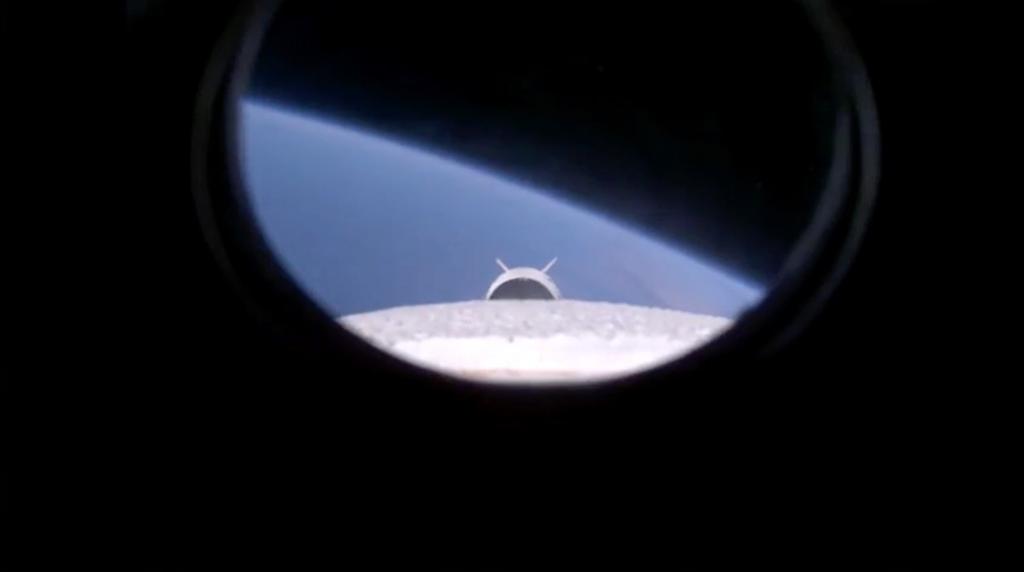
Following main-engine cutoff and successful stage separation at 3 min. 2 sec. into the rocket flight, the smaller NewtonFour upper stage ignited to continue accelerating the payload into a polar orbit at around 17,500 mph. Fairing separation occurred 25 sec. after ignition of the 5,000-lb.-thrust engine, which ran for its allotted initial run of just under 6 min.

High above the Earth, LauncherOne prepares to deliver its payload from raft-like cubesat dispensers. The dispensers are supported on a payload adaptor (projecting from the left of the rocket’s second stage with broad slat-like surfaces), which is mounted on a conical adapter fitting—the gray section curving around the body of the launcher.
Virgin Orbit successfully deployed 10 cubesats into a 310-km-high (193-mi.) polar orbit on Jan. 17, marking the first successful spaceflight of its air-launched, liquid-fueled LauncherOne vehicle.
